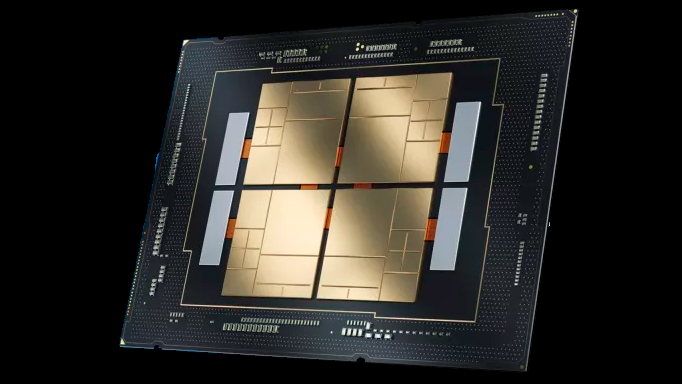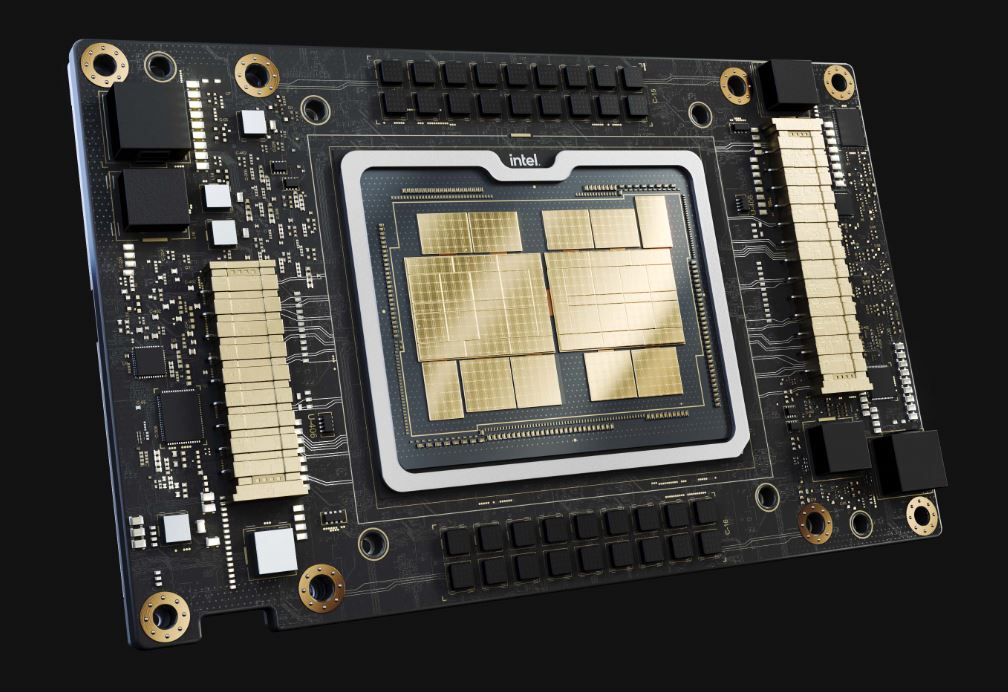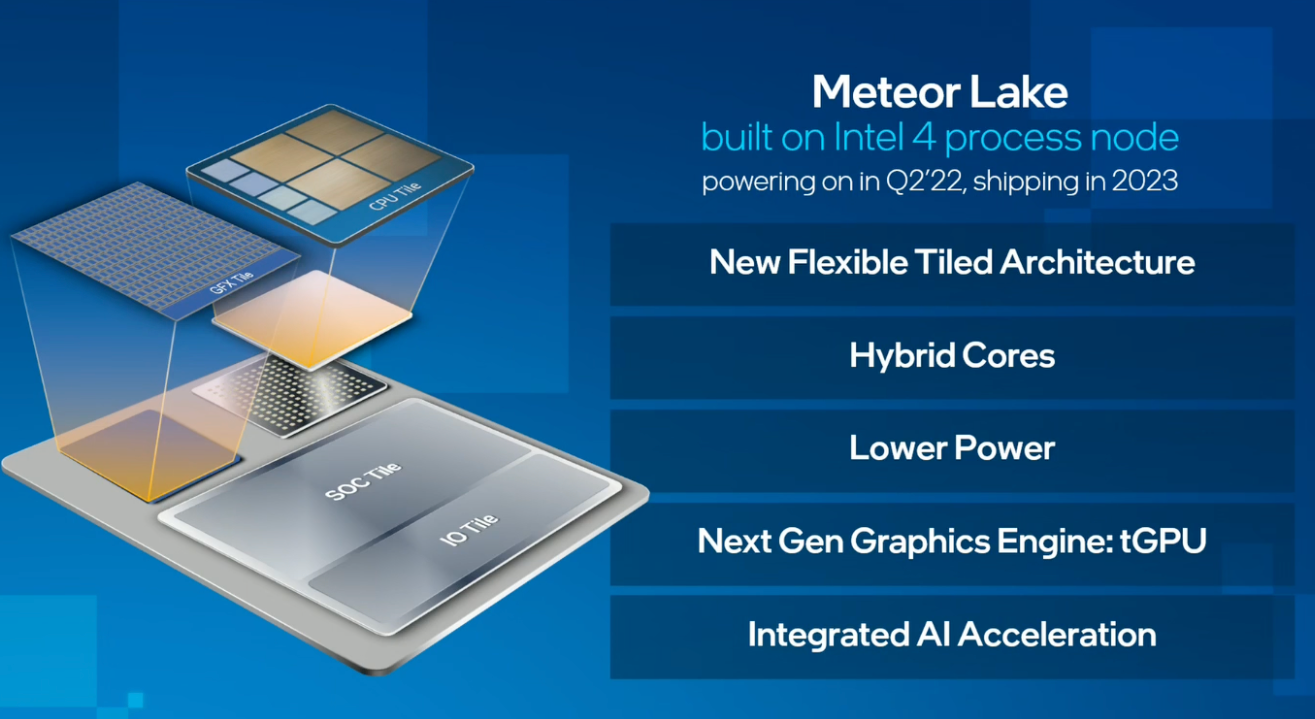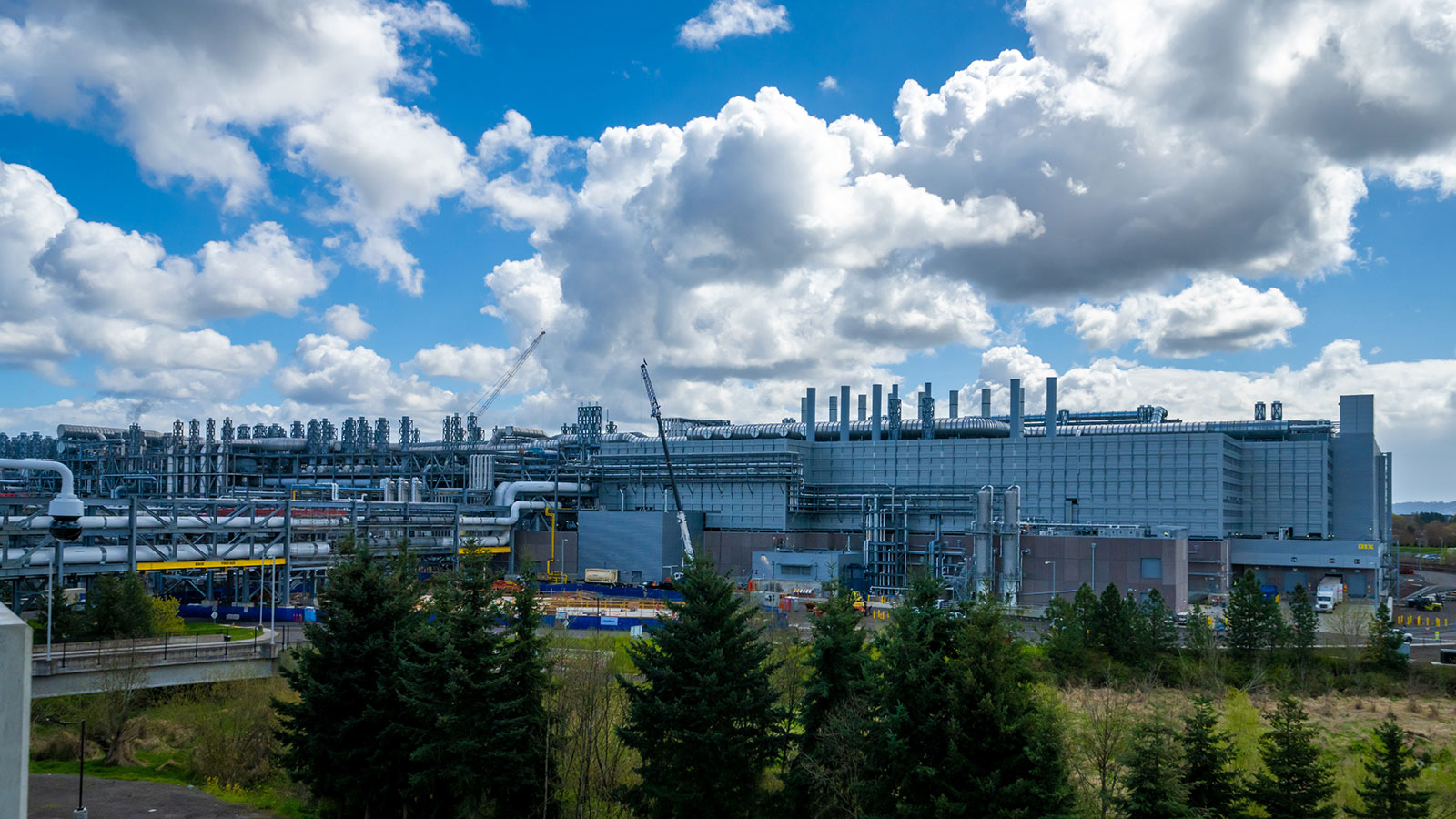Intel: Meteor Lake Boots Up, Sapphire Rapids Shipping, Ponte Vecchio Sampling
Intel's highly anticipated next-generation server processor begins to ship.
Intel revealed details about its upcoming products at its latest earnings call with analysts and investors on Thursday. The company disclosed that it had begun shipments of its 4th-Gen Xeon Scalable 'Sapphire Rapids' processors and said that its codenamed Meteor Lake CPUs, due to be released in 2023, can already boot operating systems.
Meteor Lake Development Goes On
"Intel 4[-based] Meteor Lake has now successfully booted Windows, Chrome, and Linux," said Pat Gelsinger, chief executive of Intel. "The speed at which the team was able to achieve this milestone is a significant sign of the health of both Meteor Lake and our Intel 4 process technology."
Intel powered on its 14th Generation Core 'Meteor Lake' compute tile back in Q3 2021, so it is about time (in Q1 2021) for Intel to start testing the new CPU in real-world applications, which naturally includes operating systems.
Intel's 14th Generation Core 'Meteor Lake' is the company's first mainstream client PC CPU to adopt a multi-tile design with Foveros packaging technology. The key tile of Meteor Lake is its compute die made using Intel 4 (I4) process technology and packing an unknown number of Ocean Cove high-performance cores and energy-efficient cores. Meteor Lake also has a GPU tile with 96 EUs – 192 EUs, and an SoC die housing things like a memory controller, a PCIe controller, and a Thunderbolt controller, just to name some of them.
Sapphire Rapids Ships to Clients
While mainstream availability of Intel's 4th-Gen Xeon Scalable 'Sapphire Rapids' processor has slipped to the second half of 2022, some of Intel's customers have already received their production CPUs.
"I am also pleased to say that as committed, we began shipping initial SKUs of our 4th-Gen Intel Xeon Scalable processor, Sapphire Rapids, to select customers in Q1," said Gelsinger. "These are the first of many SKUs for Sapphire Rapids, with more due to ramp throughout the remainder of the year."

Intel's CEO did not disclose which SKUs it shipped (and more interestingly how many cores these parts featured) and to which clients, but it stressed that these were PRQ SKUs. We are not sure whether these PRQ models included 56-core or 60-core Sapphire Rapids processors that are now in the wild, but at least the new processors are indeed in production.
Get Tom's Hardware's best news and in-depth reviews, straight to your inbox.
For those who do not keep track of Intel's terminology, Intel's production release qualification (PRQ) processors are considered saleable as they have passed Intel's qualification requirements, are produced in high volume, are ready for commercial shipment, and are typically supported by the applicable Intel warranty agreements and customer presentable documentation. However, shipments of PRQ CPUs are not considered high-volume launches.
The head of Intel said that more PRQ SKUs of Sapphire Rapids CPUs will be shipped this quarter as the company is getting ready for mainstream availability of these processors in the second half of the year.
"Sapphire Rapids that you called out, it was a first PRQ this quarter and many of the additional SKUs PRQ [are coming] in Q2 and the second half of the year," said Gelsinger. "That's why you might be getting some of those views of the more muted ramp there. But we delivered on exactly what we said: first quarter, PRQ of Sapphire Rapids, and we will see strength in that as we go through the rest of the year."
Ponte Vecchio Sampling
Several years ago, Intel introduced Sapphire Rapids CPU together with its Ponte Vecchio compute GPU as two key ingredients of Argonne National Laboratory's exascale Aurora supercomputer. This machine is set to come online this year and while Intel seems to be shipping PRQ SKUs of Sapphire Rapids processors, Ponte Vecchio GPUs are still sampling with some customers.

"Our flagship Ponte Vecchio GPU for high performance computing and AI is sampling to customers," said the chief exec of Intel. "Ponte Vecchio, along with Sapphire Rapids with high bandwidth memory [HBM] will power the two-ExaFLOPS Aurora supercomputer at Argonne National Laboratory."
Keeping in mind that Aurora is set to come online later this year, we would expect Ponte Vecchio to be nearly ready by now. However, Intel's reluctance to talk about the ramp of this high-margin product (Nvidia's compute GPUs sell for $13,000 – $33,000 these days) in detail at the conference call looks a bit odd. On the other hand, since Intel mentioned customers, it probably means that the company expects to land orders for Ponte Vecchio from multiple clients.
Gloomy Outlook
But while Meteor Lake, Sapphire Rapids, and Ponte Vecchio products demonstrate that Intel is on track to ship its next-generation products for various market segments more or less on time, the company's results for the first quarter of 2022 are not that impressive.
For the quarter that ended on April 2, 2022, Intel's earnings totaled $18.4 billion, down 7% year over year (YoY); its net income totaled $8.1 billion; while its gross margins were 50.4%, down from 55.2% due to higher share of products made using 10nm-class (10nm SF, Intel 7/10ESF) process technologies, new product ramps, and investments in new nodes.
Intel's client computing group (CCG) sales dropped 13% to 9.3% billion compared to the first quarter of 2021, which was the main disappointment in Q1 for Intel. Meanwhile, Intel's data center and AI (DCAI) group increased its revenue to $6 billion, up 22% year-over-year. Intel's accelerated computing systems and graphics group (AXG) sales grew by 21% YoY to $219 million. Other business groups also demonstrated significant improvements compared to Q1 2021.
Typically, chipmakers' sales go up in the second quarter, but this is not what Intel expects. For Q2 2022, the company anticipates sales of $18 billion (a drop from Q1) and gross margin of around 48% (a decrease from Q1). Intel attributes slowing sales of its products to sluggish down sales of PCs, lockdowns in China, and geopolitical turbulence caused by Russia's ongoing war against Ukraine.

Anton Shilov is a contributing writer at Tom’s Hardware. Over the past couple of decades, he has covered everything from CPUs and GPUs to supercomputers and from modern process technologies and latest fab tools to high-tech industry trends.
-
Sippincider The Meteor has control of your computer and he won't let you save the game!Reply
(Old console and PC game reference... ) -
jp7189 Decrease profit and increased spending. A bold move to save the ship? Or accelerating in to the ground? According to a Jeffries analyst Intel will hit 0 free cash in 3 years at the current trajectory.Reply

